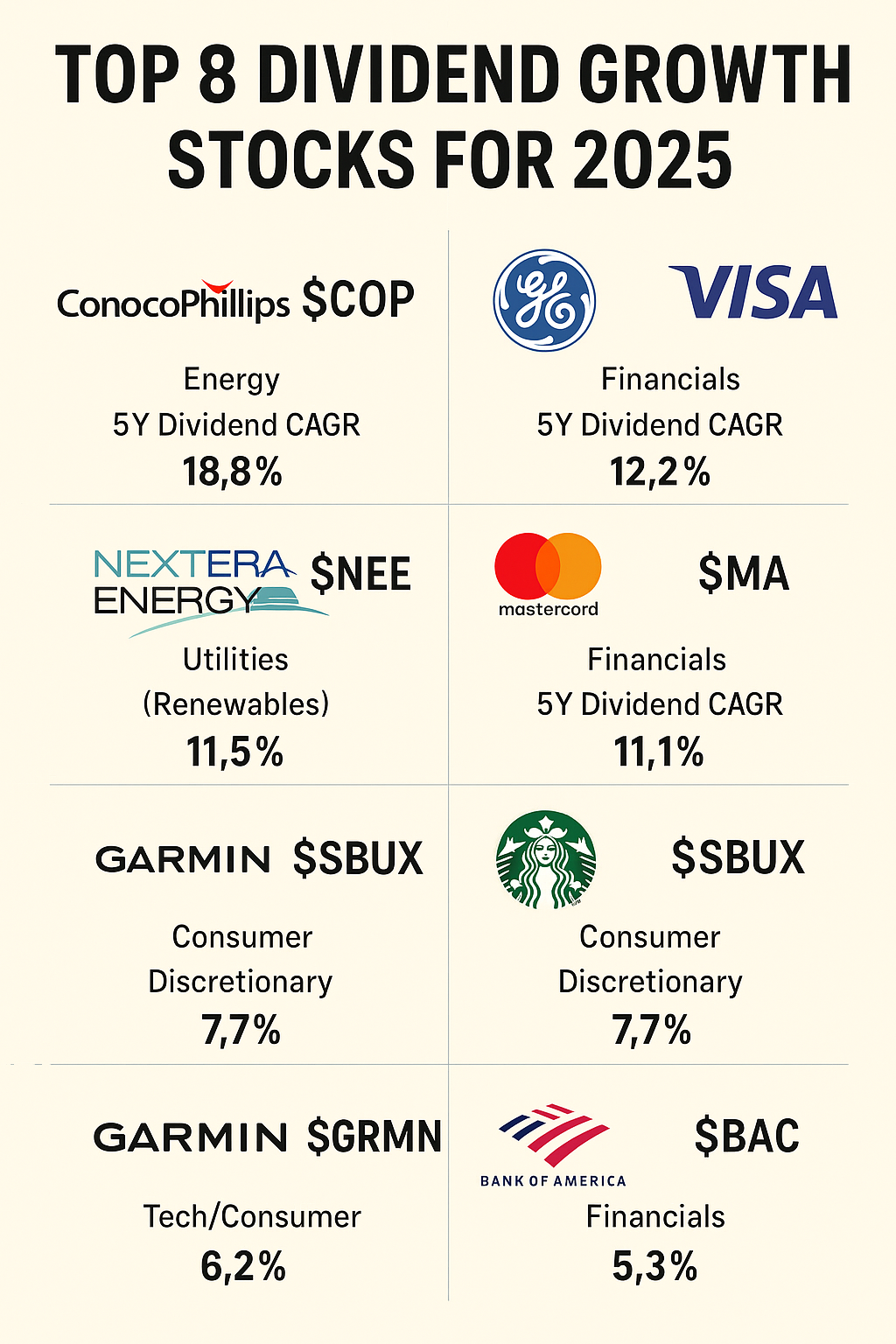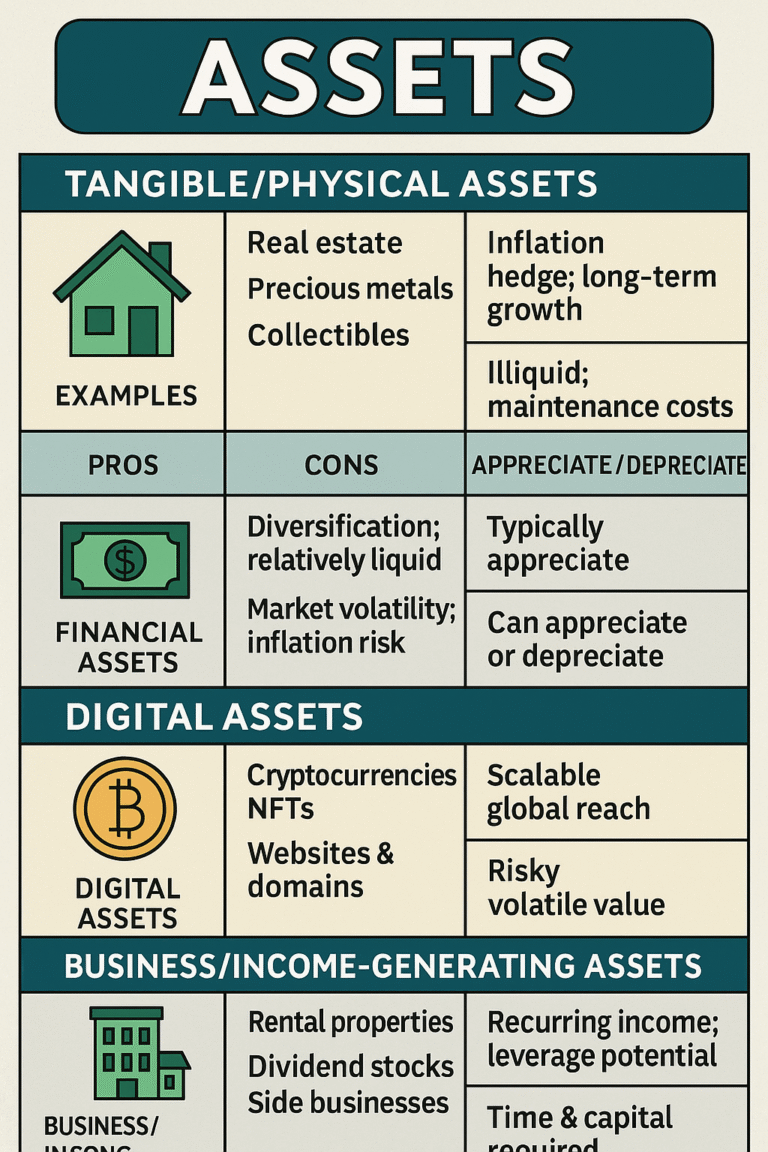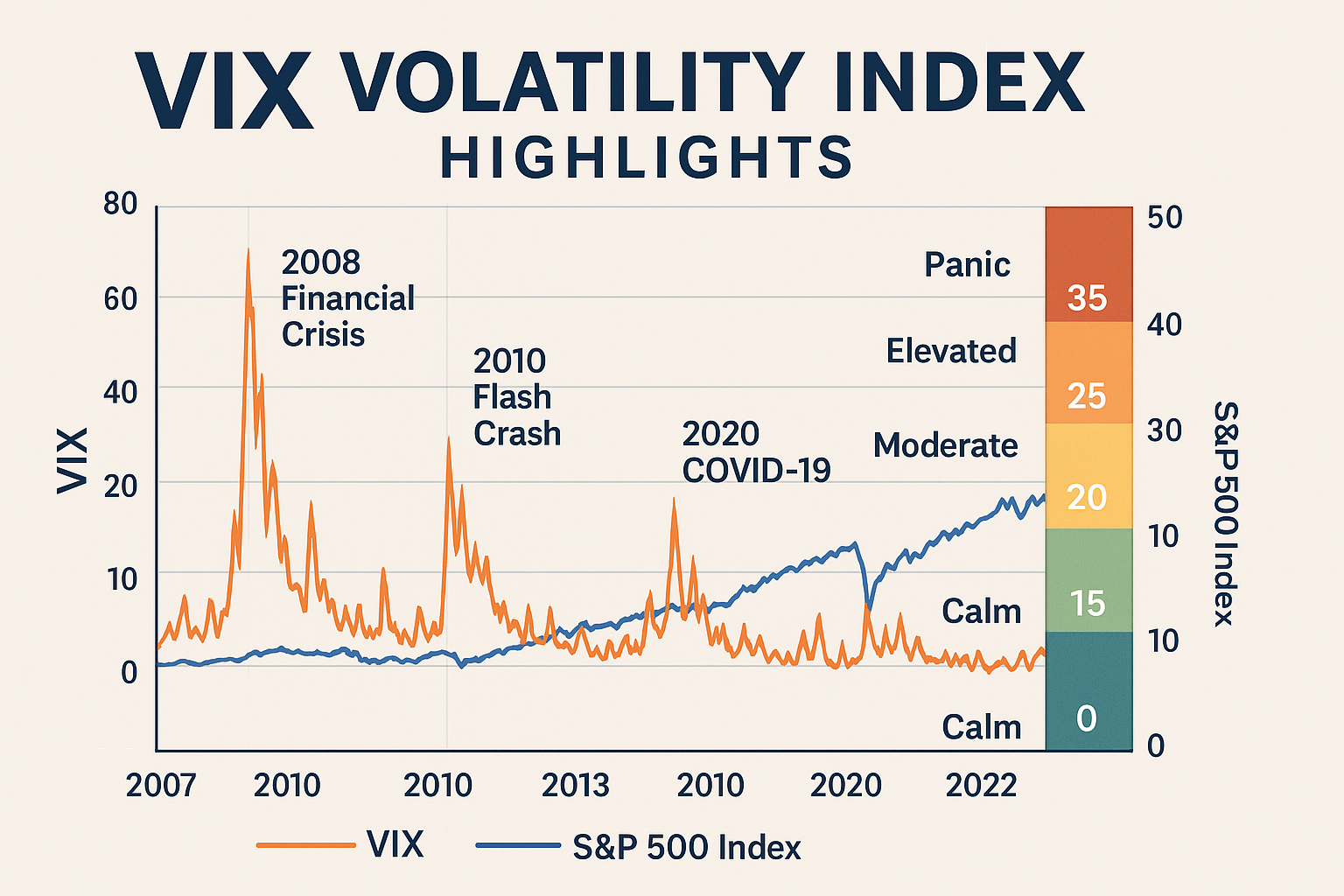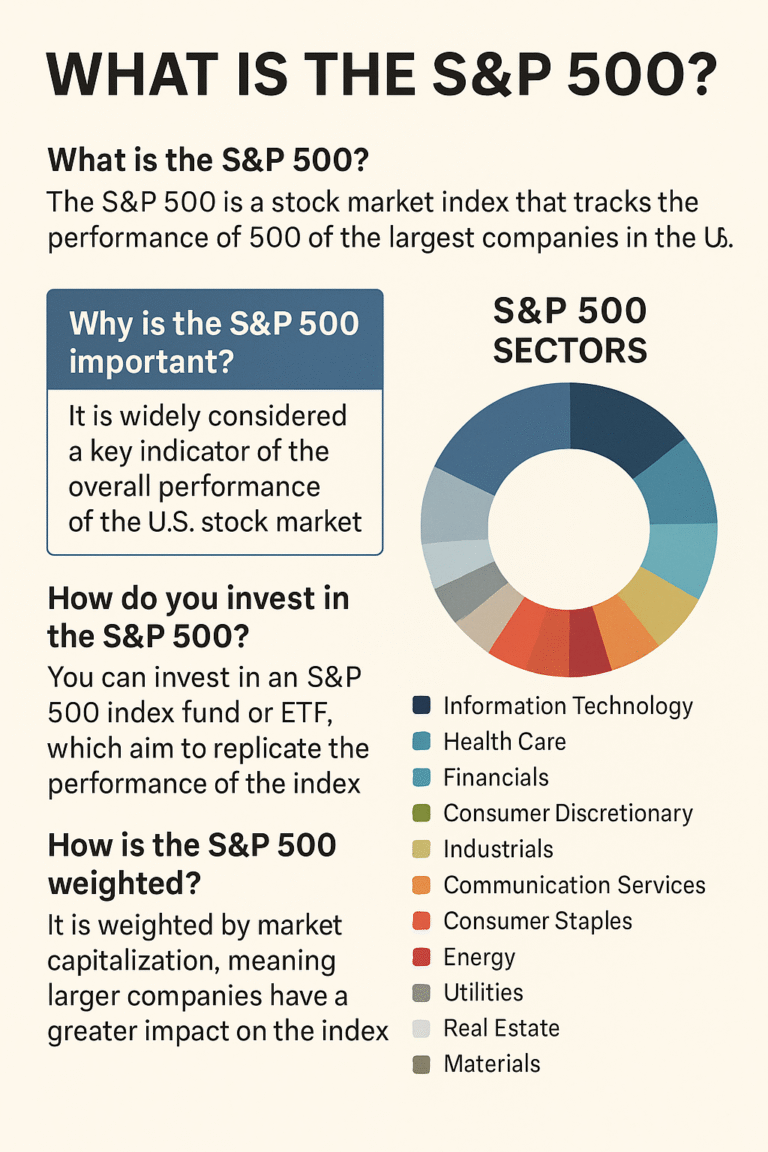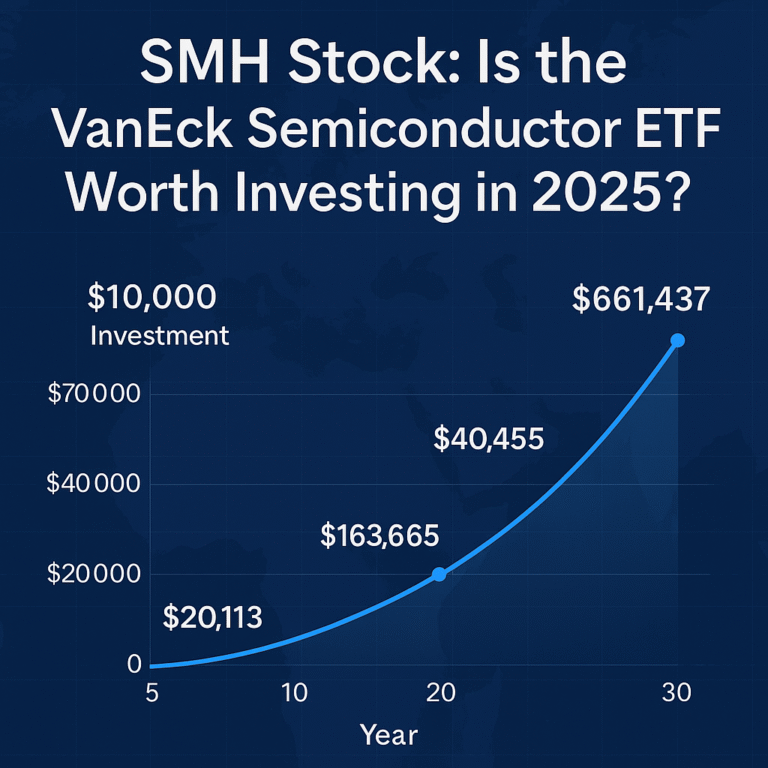What Is a Mutual Fund?
A mutual fund is a pool of money collected from investors to invest in a diversified portfolio of stocks, bonds, or other securities. They’re managed by professionals who aim to deliver returns in line with the fund’s objective, such as growth, income, or preservation. Mutual funds are popular for a reason. They offer a range of advantages that make them ideal for both new investors and seasoned pros.
1. Instant Diversification
Even a small investment spreads across dozens or hundreds of assets, reducing risk compared to buying individual stocks.
2. Professional Management
Fund managers analyze markets, rebalance portfolios, and make decisions so you don’t have to.
3. Accessibility
Most mutual funds are easy to buy through brokerage accounts, IRAs, or 401(k)s, and many have low or no minimums.
4. Reinvestment Options
You can automatically reinvest dividends and capital gains, allowing your investment to compound over time.
5. Transparency
Funds are regulated and required to publish performance data, holdings, and strategies, so you know what you’re investing in.
6. Liquidity
Unlike real estate or private equity, mutual funds can be bought or sold daily, making your money accessible when needed.
Why Invest in Mutual Funds in 2025?
The 2025 market outlook is shaped by:
- Ongoing inflationary pressure
- Interest rate stabilization
- Global economic restructuring
- Higher demand for passive and smart diversification
Mutual funds are well-suited for this environment due to:
- Built-in risk mitigation
- Rebalanced portfolios
- Long-term focus
Whether you’re looking for capital growth or reliable dividends, mutual funds remain a cornerstone investment in any smart portfolio.
Types of Mutual Funds
Understanding the major categories helps you align your portfolio with your financial goals. Here are the most common mutual fund types:
1. Equity (Stock) Funds
- Invest in publicly traded companies
- Can be growth-oriented, value-focused, or balanced
- Examples: VFIAX, FCNTX, TRBCX
2. Fixed-Income (Bond) Funds
- Invest in government or corporate bonds
- Aim for steady income with lower volatility
- Ideal for conservative investors or retirees
3. Index Funds
- Track a market index (like the S&P 500)
- Low-cost, passive investing with broad exposure
- Examples: VFIAX, SWPPX
4. Balanced Funds
- A mix of stocks and bonds
- Designed to reduce volatility while still offering growth
- Great for moderate-risk investors
5. Dividend/Income Funds
- Focus on companies with strong dividend histories
- Provide income plus potential for capital growth
- Examples: VDIGX, DODGX
6. International/Global Funds
- Invest in companies outside the U.S.
- Diversify away from domestic economic trends.
- Example: AEPGX
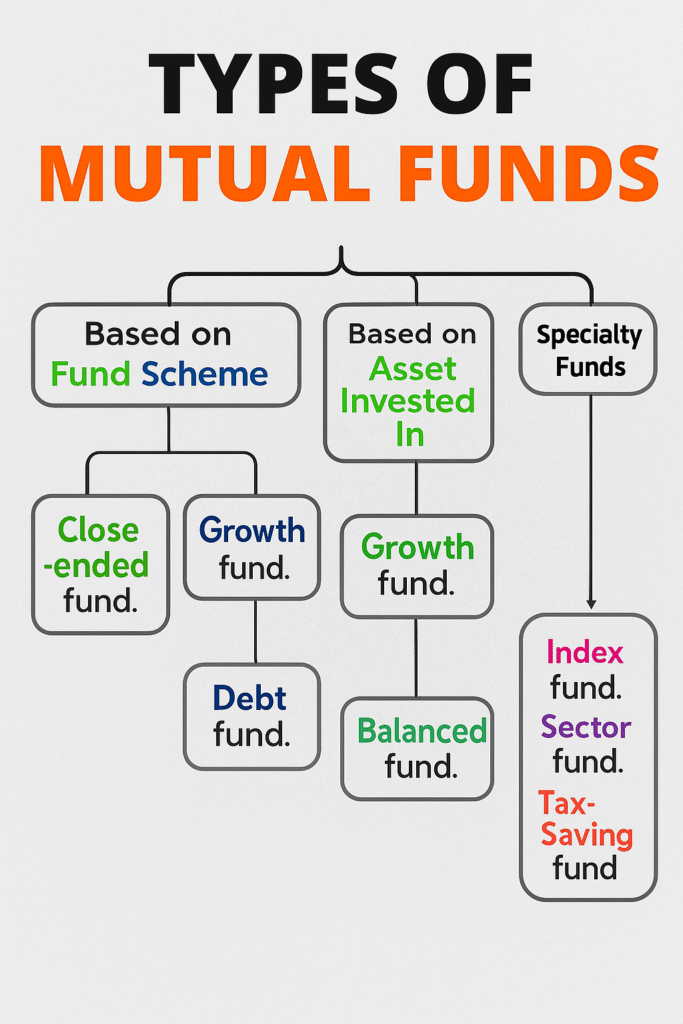
7 Best Mutual Funds to Consider for 2025
Here are some of the top-performing, highly rated mutual funds to watch in 2025:
1. Vanguard 500 Index Fund (VFIAX)
- Category: Large-Cap Blend
- Expense Ratio: 0.04%
- Why it’s great: Tracks the S&P 500. Offers broad market exposure at a rock-bottom fee, ideal for long-term passive investors.
2. Fidelity Contrafund (FCNTX)
- Category: Large-Cap Growth
- Expense Ratio: 0.86%
- A legendary fund with exposure to companies like Amazon and Microsoft. Actively managed and built for aggressive growth.
3. Schwab S&P 500 Index Fund (SWPPX)
- Category: Large-Cap Blend
- Expense Ratio: 0.02%
- Similar to VFIAX, but no minimum investment. Great for first-time investors looking for S&P 500 exposure.
4. Vanguard Dividend Growth Fund (VDIGX)
- Category: Large-Cap Value
- Expense Ratio: 0.26%
- Ideal for income-focused investors. Invests in blue-chip stocks with strong dividend growth records. Stability meets income.
5. T. Rowe Price Blue Chip Growth (TRBCX)
- Category: Large-Cap Growth
- Expense Ratio: 0.69%
- Offers a concentrated portfolio of high-growth U.S. companies like Apple and Nvidia. Suitable for long-term portfolios.
6. Dodge & Cox Stock Fund (DODGX)
- Category: Large-Cap Value
- Expense Ratio: 0.51%
- Value-focused, deep fundamental research. Invests in undervalued blue-chip stocks with long-term upside potential.
7. American Funds EuroPacific Growth (AEPGX)
- Category: International Equity
- Expense Ratio: 0.84%
- Provides international diversification, especially in Europe and Asia. Ideal to balance a U.S.-heavy portfolio.
How to Choose the Right Mutual Fund
Choosing the right mutual fund comes down to your goals, risk tolerance, and time horizon. Use this checklist:
1. Match to Your Goal
- Growth? → TRBCX, FCNTX
- Income? → VDIGX
- Low-cost passive? → VFIAX, SWPPX
- International exposure? → AEPGX
2. Check the Expense Ratio
The lower, the better—especially for passive funds. Anything under 0.5% is generally acceptable.
3. Know the Minimum Investment
Some funds (like VFIAX) require $3,000+, while others (like SWPPX) have no minimum.
4. Look at 5–10 Year Performance
Past performance doesn’t guarantee future returns, but it shows consistency and management quality.
5. Fund Manager Tenure & Strategy
Is the fund manager experienced? Has the strategy changed recently? Continuity matters.
How to Invest in Mutual Funds
Getting started with mutual fund investing is easier than you think. Follow these simple steps:
1. Open a Brokerage or Retirement Account
- Choose a platform like Vanguard, Fidelity, Schwab, or your employer’s 401(k) provider.
2. Define Your Investment Goals
- Growth, income, capital preservation, or global diversification? Your goals determine the best mutual fund types for you.
3. Research Funds
Use filters such as:
- Morningstar ratings
- Expense ratios
- Minimum investments
- Historical performance
- Manager tenure
4. Start Small, Stay Consistent
- Many platforms let you start with as little as $100
- Consider setting up automatic monthly contributions
5. Reinvest and Rebalance
- Use DRIP (Dividend Reinvestment Plan) to compound
- Reassess your portfolio yearly to stay aligned with your goals
FAQ – Your Mutual Fund Questions Answered
For beginners, yes. Mutual funds provide instant diversification and lower risk compared to individual stocks.
Open a brokerage account, fund it, and search for your chosen fund’s ticker. Many platforms offer automatic monthly investing.
Yes. Income-oriented funds like VDIGX and DODGX regularly pay dividends.
Final Thoughts
Whether you’re looking to build wealth, generate income, or diversify globally, these best mutual funds to invest in 2025 offer a solid foundation. With proven track records, reliable fund managers, and low fees, they fit a wide range of financial goals — even if you’re just getting started.
Smart investing is about consistency, not complexity. Choose wisely, invest regularly, and let time do the heavy lifting.

